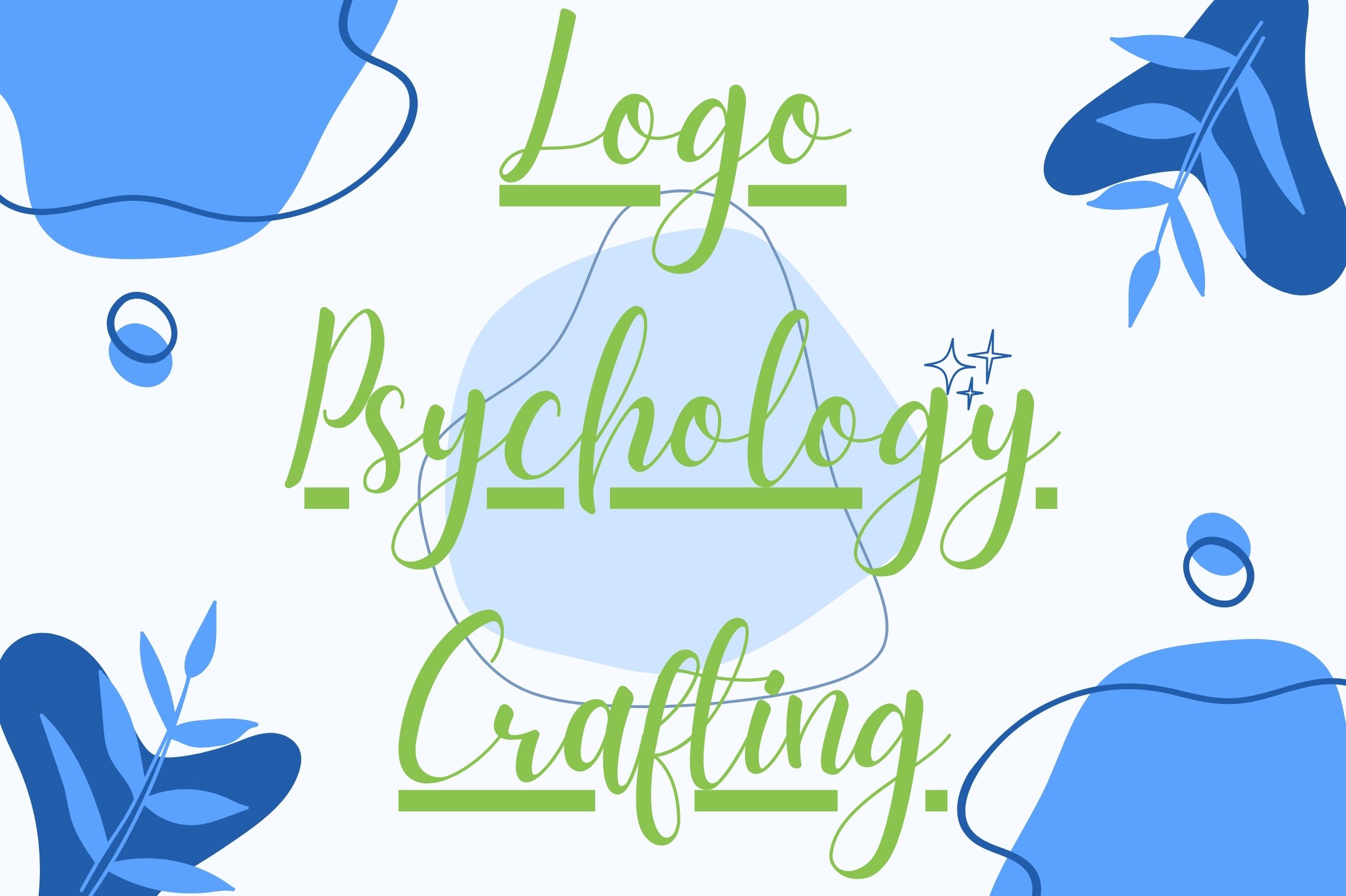Designing a logo is a crucial task that requires a blend of creativity, strategy, and technical skill. A logo is often the first impression of a brand, making it essential to create a design that is not only visually appealing but also meaningful and memorable. This guide provides comprehensive insights for logo designers to help them craft logos that effectively represent brands and resonate with audiences.
1. Understanding the Brand
Before diving into the design process, it’s imperative to understand the brand you’re designing for. This involves:
- Research: Learn about the brand’s history, mission, values, and vision. Understand the industry and market it operates in.
- Audience: Identify the target audience. What are their demographics, preferences, and needs?
- Competitors: Analyze competitors’ logos to ensure your design stands out while adhering to industry standards.
2. Defining the Design Brief
A clear design brief is the foundation of a successful logo. It should include:
- Objectives: What is the primary purpose of the logo?
- Brand Attributes: Key characteristics that the logo should convey (e.g., trustworthy, innovative, friendly).
- Style Preferences: Any specific style or elements the client prefers (e.g., minimalist, vintage, bold).
- Deliverables: Detailed list of required files and formats.
3. Concept Development
Start with brainstorming and sketching multiple ideas. This phase is about exploring different concepts and directions:
- Mind Mapping: Create a mind map to explore all the visual possibilities related to the brand’s identity.
- Sketching: Put pen to paper and create rough sketches. This helps in visualizing different ideas quickly.
- Mood Boards: Gather inspiration from various sources like design websites, portfolios, and nature.
4. Simplicity and Memorability
An effective logo is simple yet memorable. Simplicity ensures the logo is versatile and easily recognizable, while memorability makes it stick in people’s minds:
- Focus on Core Elements: Eliminate unnecessary details and focus on the core elements that convey the brand’s essence.
- Distinctiveness: Ensure the logo is unique and stands out from the competition.
5. Color Psychology
Colors play a vital role in evoking emotions and perceptions:
- Understand Color Associations: Different colors evoke different feelings (e.g., blue for trust, red for energy).
- Brand Alignment: Choose colors that align with the brand’s personality and message.
- Versatility: Ensure the logo works well in black and white, as well as in full color.
6. Typography
Typography can significantly impact the perception of a logo:
- Font Choice: Choose fonts that reflect the brand’s character. Serif fonts are traditional, sans-serif fonts are modern, and script fonts are elegant.
- Legibility: Ensure the text is readable in all sizes and formats.
- Customization: Consider customizing fonts to create a unique look.
7. Shape and Form
The shapes used in a logo can communicate various messages:
- Circles: Symbolize unity, continuity, and protection.
- Squares and Rectangles: Convey stability, reliability, and professionalism.
- Triangles: Represent power, direction, and progress.
- Organic Shapes: Indicate creativity, uniqueness, and flexibility.
8. Versatility and Scalability
A great logo should look good in any size and on any medium:
- Scalability: Ensure the logo retains its integrity when scaled down or enlarged.
- Application Testing: Test the logo on different mediums such as business cards, websites, billboards, and merchandise.
9. Feedback and Refinement
Feedback is a crucial part of the design process:
- Client Feedback: Present multiple options and be open to feedback.
- Peer Review: Get input from other designers to gain different perspectives.
- Refinement: Make necessary adjustments based on feedback to perfect the design.
For additional strategies on gathering and implementing feedback, visit [Your Link Here].
10. Finalizing and Delivering
Once the design is approved, prepare the final files:
- File Formats: Provide various formats (e.g., .AI, .EPS, .PNG, .JPG, .SVG) for different uses.
- Guidelines: Include a brand style guide that outlines the proper use of the logo, including color codes, typography, and spacing.
Conclusion
Designing an iconic logo requires a deep understanding of the brand, creativity, and meticulous attention to detail. By following this guide, designers can create logos that not only stand out but also effectively communicate the brand’s identity and values.

Disclosure: Some of the affiliate links, meaning, I will earn a commission if you click through and make a purchase through those links (without any additional cost to you). And if you happen to buy through those links, thank you for your support!





